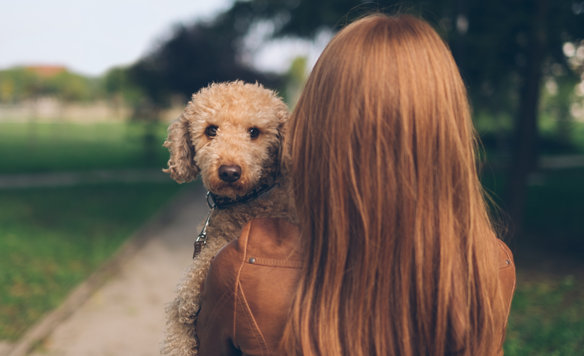Please create a free account, or login by clicking here.
Petland Sarasota, Florida
Some of Our 5-Star Reviews Based on 96 Ratings.
Finding the perfect pet for you and your family should be a fun and exciting adventure, but with so many different pets to choose from, where do you start? Well, you've come to the right place, and our Pet Counselors are here to help! Our experienced and dedicated team of pet experts will answer any questions you have. We now also offer new interactive pet shopping technology, which allows you to browse our large selection of happy and healthy puppies, followed by reserving your new best friend online. We've made the pet buying process thorough, quick, and easy, all while remaining true to our roots of excellent customer service. We love pets as much as you do and want you to enjoy your pet shopping experience.
Where do your puppies come from? Will my puppy be registered? What puppies are best for people with allergies? These are all some of the normal questions many new dog owners have. You're not alone, and our Pet Counselors are eager to help! Many basic pet care questions can also be answered on our Frequently Asked Question page, which is dedicated to answering a variety of pet questions. Check it out today!
So, you've finally narrowed your selection down and found that perfect new best fur-legged friend! Now is the time to tell everyone else shopping that this pet has found his forever home. In just a few quick and easy steps, you can now reserve your new best friend online!
